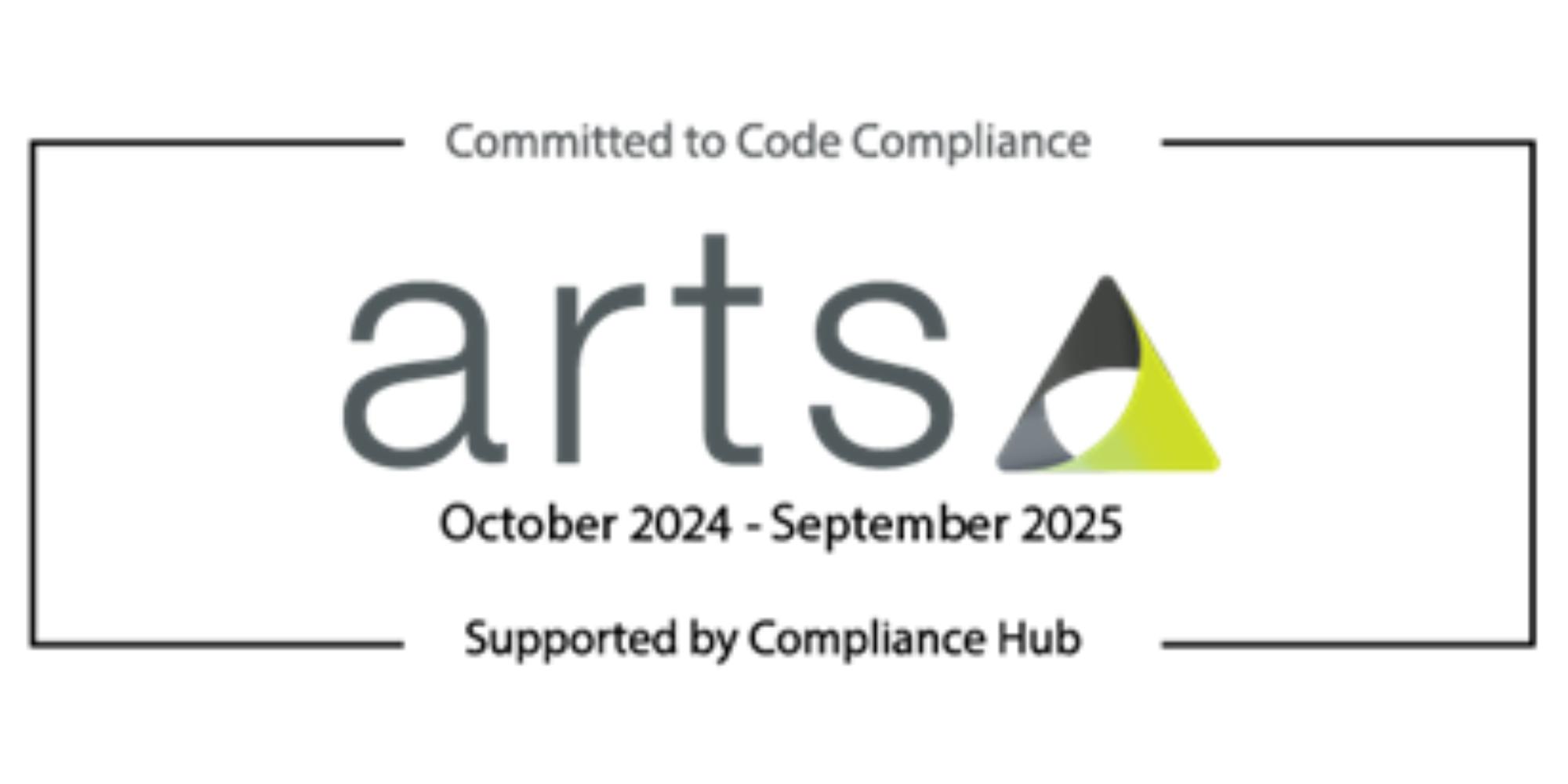FABRX Transforms Specials Medicine Preparation with 3D Printing in a Community Pharmacy: Halving Manual Labour, Cutting Costs and Enhancing Safety
)
FABRX is proud to announce a significant advancement in pharmaceutical manufacturing with the publication of our latest research, presenting the auto-filing of capsules with our M3DIMAKER 1 pharmaceutical 3D printer for dispensing to patients in a community compounding pharmacy. This world-first study not only enhances the safety of compounded medication production with in-line quality control technologies, but also offers substantial cost and time savings.
Study Overview:
The research focuses on utilizing 3D printing technology to auto-fill capsules with minoxidil, a medication commonly used for treating hair loss and hypertension. By employing this method, the study demonstrates:
- Cost Efficiency: The 3D printing workflow significantly reduces production costs for capsules. Specifically, producing 2.5 mg capsules was 35% cheaper and 5 mg capsules were 20% cheaper compared to traditional preparation methods. This reduction in costs, coupled with the technology's flexibility and precision, makes 3D printing a highly cost-effective solution for pharmaceutical production.
- Time Savings: Automating capsule filing with the M3DIMAKER 3D printer in compounding pharmacies enhances efficiency by reducing manual labor for pharmacists and streamlining workflows. The total time required to prepare treatments was reduced by approximately 10%, while manual labor was cut down by roughly 55%. This frees up staff time, alleviates physical fatigue and reduces repetition related injuries.
- Enhanced Safety: Even with substantial cost and time savings, the 3D printer also incorporated in-line, automated quality control technologies. The integration of automated quality control functions within the 3D printing workflow minimizes human error by ensuring consistent capsule weight, uniform drug distribution, and precise dosing, as highlighted in the study's validation of uniformity and dissolution standards. This strengthens medication safety for patients.
Overall, this study highlights the feasibility of immediate integration of pharmaceutical 3D printers into community compounding pharmacy workflows for auto-filing capsules, laying out a framework for more medications and integration in more pharmacies. The technology balances cost savings with substantial improvements in safety and efficiency. This innovative approach paves the way for future applications of 3D printing in patient care, particularly for critical treatments where precision and accuracy are paramount, not only in hospital pharmacies but also in community pharmacy services worldwide.
The full article detailing this research is available in the International Journal of Pharmaceutics: https://www.sciencedirect.com/science/article/pii/S0378517325000870?via%3Dihub


 North
North

